Article: How to feed and attract wild birds to your garden - Guide
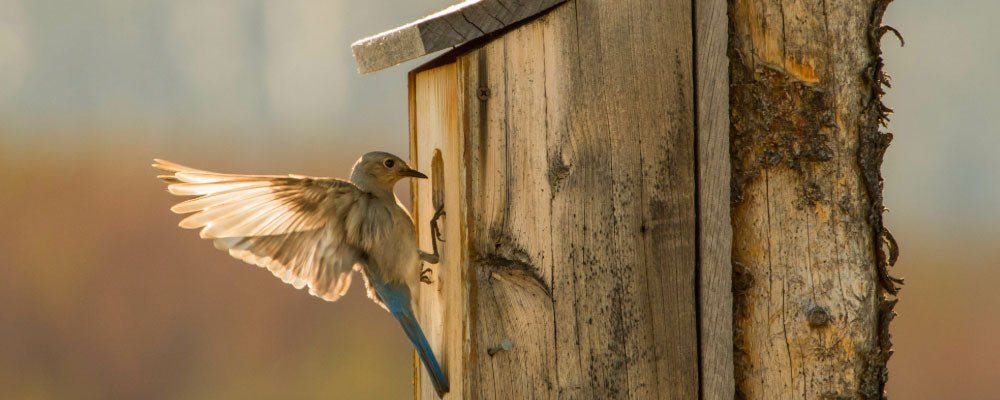
How to feed and attract wild birds to your garden - Guide
Why feeding wild birds is important
As more of the countryside is swallowed up by new housing and industrial developments, the natural habitats of many birds are being reduced or lost altogether. Gardens are now more essential for the survival of birds than ever. A little planning will ensure that your garden is a welcoming haven for birds.
The average garden is regularly visited by 15-20 species of birds, with occasional visits from 10 less common species. By simply erecting a bird table and nest box, you will not only be offering nature a helping hand, you will also provide yourself with hours of interest and entertainment. Your helpful garden friends will return the favour by controlling pests, such as aphids, slugs and snails, that threaten your flower-beds and vegetable patch.
Birdhouses are a charming addition to any garden if this practicable. Creating a haven for birds is a thoroughly satisfying activity and pure joy when you experience watching parent birds carrying food to the young in the nest, to the wait for fledglings to emerge and finally take wing.
When to feed garden birds?
Whatever feeding method you decide upon, be consistent. A wasted journey to an empty bird table uses a bird’s precious energy supply, especially as winter progresses and food becomes more difficult to find. Ideally, feed birds twice a day in winter: once in the early morning and again in the early afternoon.
In spring and summer, feeding can still be helpful, but do follow rules for safety and hygiene. Do not use peanuts unless they are in a mesh container; this will prevent the larger pieces, which can choke baby birds, from being removed.
In summer, avoid fat cakes; the fat will melt and become very messy, and can also glue birds’ beaks together.
How to best install a wild bird feeder?
Ideally, a bird table should be placed approximately 2-3m (6½/-10ft) from a bush or tree, which can provide safety for birds in case of danger, and at least 5m (161ft) from the house.
Many birds are nervous of open sites, but equally they can have accidents flying into house windows, and may be scared away by the movement of people inside the house. Window stickers featuring birds of prey are available which, when stuck to the window panes, indicate the presence of an otherwise invisible surface and will deter smaller birds from flying too close to the house.
A bird table gives you a clear view of feeding birds, and offers the birds some protection against predators and the elements. Use wood that has not been treated with wood if preservative if you are making your own table.
A roof will keep the food and the birds dry. If you don’t make a roof, drill a few holes in the floor of the table for drainage. A small lip around the edge of the food table can prevent lighter food items from being blown away by wind. The bird table must be cleaned from time to time and any food that is past its best should be removed.
Do I need a water bowl with the garden bird feeder?
An adequate supply of water is essential all year round, but this can be as simple as a bowl of water placed on the water or elsewhere.
Should I use hanging feeders?
Some species, such as tits, are adapted to feeding in trees, will benefit a more challenging feeder, such as a hanging feeder. For example, Blue tits, great tits, siskins and nuthatches can cling upside down from various types of hanging feeders.
What to feed wild birds?
As warm blooded animals, birds have to expend considerable energy maintaining an even body temperature, which is particularly costly in cold weather, so when the temperature drops towards freezing, providing food for birds is especially important.
Birds, like many wild creatures, enjoy a range of foods, many of which are easy to obtain. Leftovers are a valuable but variable commodity, so don't rely on them. Seed is useful and can be supplemented with such items as pinhead oatmeal or porridge oats, sultanas, shredded suet and toasted breadcrumbs.
Other popular items for the bird table include canned sweetcorn and fresh fruit, broken into pieces. The more different food types can be left in different positions and types of feeder, the better.
Whatever you decide to place out for the birds, make sure that you stick to natural foods, rather than chemically altered or processed items, such as margarine. Keep food fresh only leave out enough for a day or two and never allow food or feeding debris to accumulate because it can rapidly spread disease.
Fat products: The best types of baes for fat cakes are lamb and beef fats, either in natural form or processed suet because, as they do not melt too readily in warm weather.
Live food: Some birds, robins in particular, can benefit from supplements of live food, such as waxworms and mealworms, particularly during the late winter period when food is scarce and their breeding cycle begins.
Seeds and grains: Use the best quality seeds, not sweepings, fillers or waste seeds as these are neither of interest nor of nutritional value to the birds. All types of sunflower seeds are safe for young birds to eat, so they may be offered all year round. Canary seeds, melon seeds, hemp seeds, small wheat, kibbled and flaked maize, corn kernels and oatmeal are all good sources of nutrition. The exact mixture of seeds you put out can be fine-tuned to attract particular species of birds to your garden.
Unsalted peanuts: Buy only high-quality 'safe nuts' to ensure that the nuts are free from lethal toxins. Whole peanuts are best avoided during the nesting season because of the danger they pose to nestlings They should be chopped, if left on a table, or placed in a mesh peanut feeder from which adult birds can take only small fragments.
A guide to popular bird foods
The variety of seed and other food supplements that are preferred by different types of birds. Trial and error will show what goes down best with the birds.
Mixed seed: Consists of various seed types a wide range of birds, but can be of variable quality.
Black sunflower seed: More commonly known as the 'oil sunflower', this seed as its name suggests - is rich in oil and ideal for winter-feeding a range of garden birds.
Striped sunflower seed: This type of seed has a lower oil content than the black variety, and is useful in the spring when natural foods become more abundant.
Niger: Sometimes called thistle seed, this tiny black birdseed, cultivated in Asia and Africa, is high in calories and oil content, and is quickly devoured, especially by finches of various types.
Grain: Consists of any commercially grown crops in the grass family, including wheat, millet, maize and oats.
Bread: This is eaten by many species. Brown bread is best, but whatever type you offer, it is very important make sure that it has been thoroughly soaked to avoid the danger of it swelling in birds' stomachs and should not be the main basis for feeding birds.
Dried and fresh fruit: Always popular, dried fruit should be soaked as for bread. Fresh fruits, especially pears and apples, are enjoyed by blackcaps and thrushes. These fruits are particularly useful in winter.
Half-coconut: Hanging on a string, a half-coconut offers good value for money and provides delightful entertainment when acrobatic tits come to feed. Once the flesh has been stripped, the shell can be filled with wholesome bird pudding, a mixture of nuts, seeds and melted fat.
Fat ball: A ball of suet into which other dried foodstuffs have been incorporated. It is usually hung in nets or special feeders.
Suet cake: The block type of suet food contains a mixture of seeds that provides a balanced diet for many species. It is ideal for feeding birds when you are away, although the fat content can sometimes attract scavenging mammals, such as rats and mice, to a table.
Fruit suet treats: Mainly for bird tables or feeders, this suet-based cake is best made with moist, dried fruit and peanut granules, and is popular with larger birds.
Dried mealworms: These freeze-dried grubs are an excellent source of protein for carnivorous birds.
Peanuts: In their shells, peanuts can be strung on thread or wire, but don't use multistranded thread as birds may get their feet caught in this. Important: do ensure the nuts are fresh - mouldy ones produce a toxin which, kills many garden birds every year.
Hazelnuts: Wedged into tree bark, hazelnuts will appeal to nuthatches, which will enjoy hammering them open.
Cheese: Grated cheese is a popular food, especially with robins.
Leftovers: Household foods such as hard-boiled eggs, jacket potatoes, uncooked pastry and stale cake and biscuits are all widely available choices that birds will enjoy. Feel free to experiment, taking care not to offer dehydrated, spicy or very salty foods, as these can be dangerous.
Grit for digestion: Although not actually foodstuffs, grit, sand and gravel aid digestion, particularly for seed-eaters.
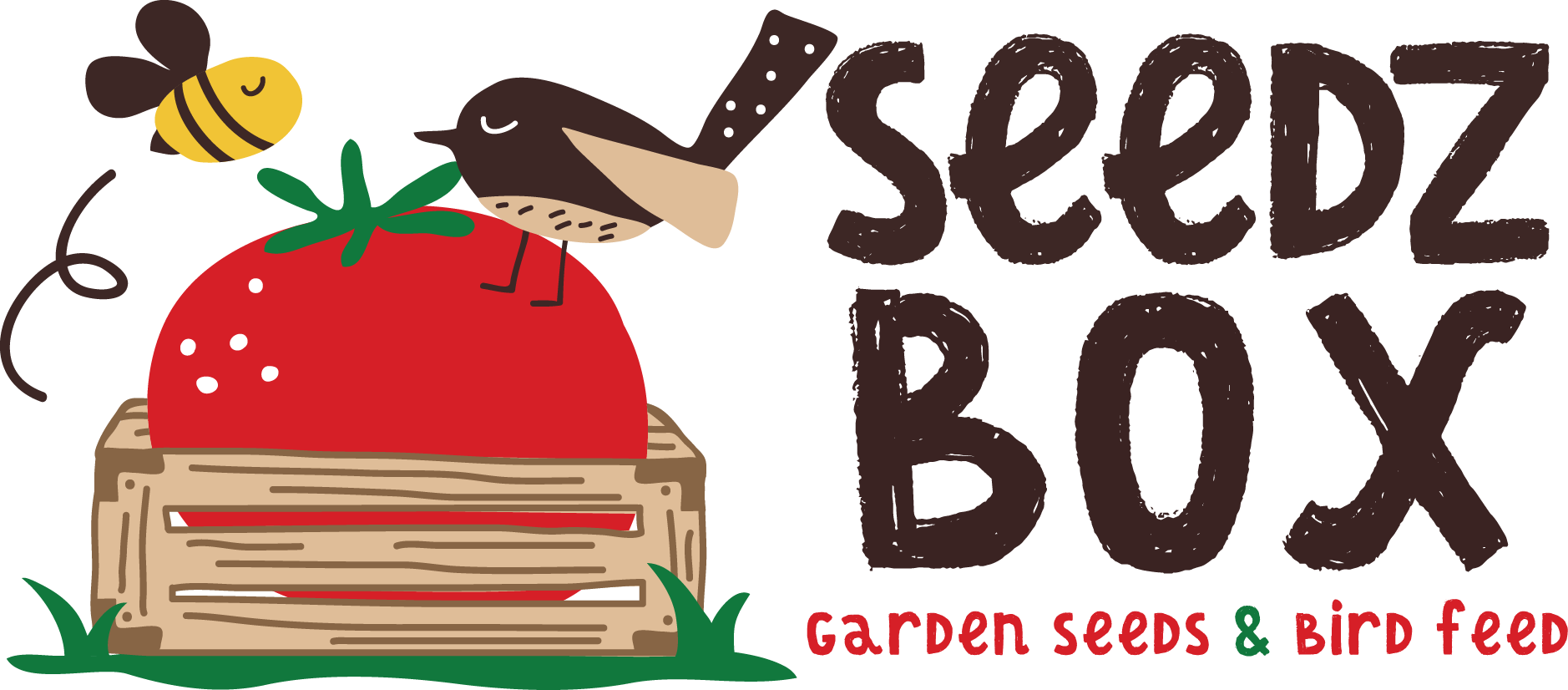
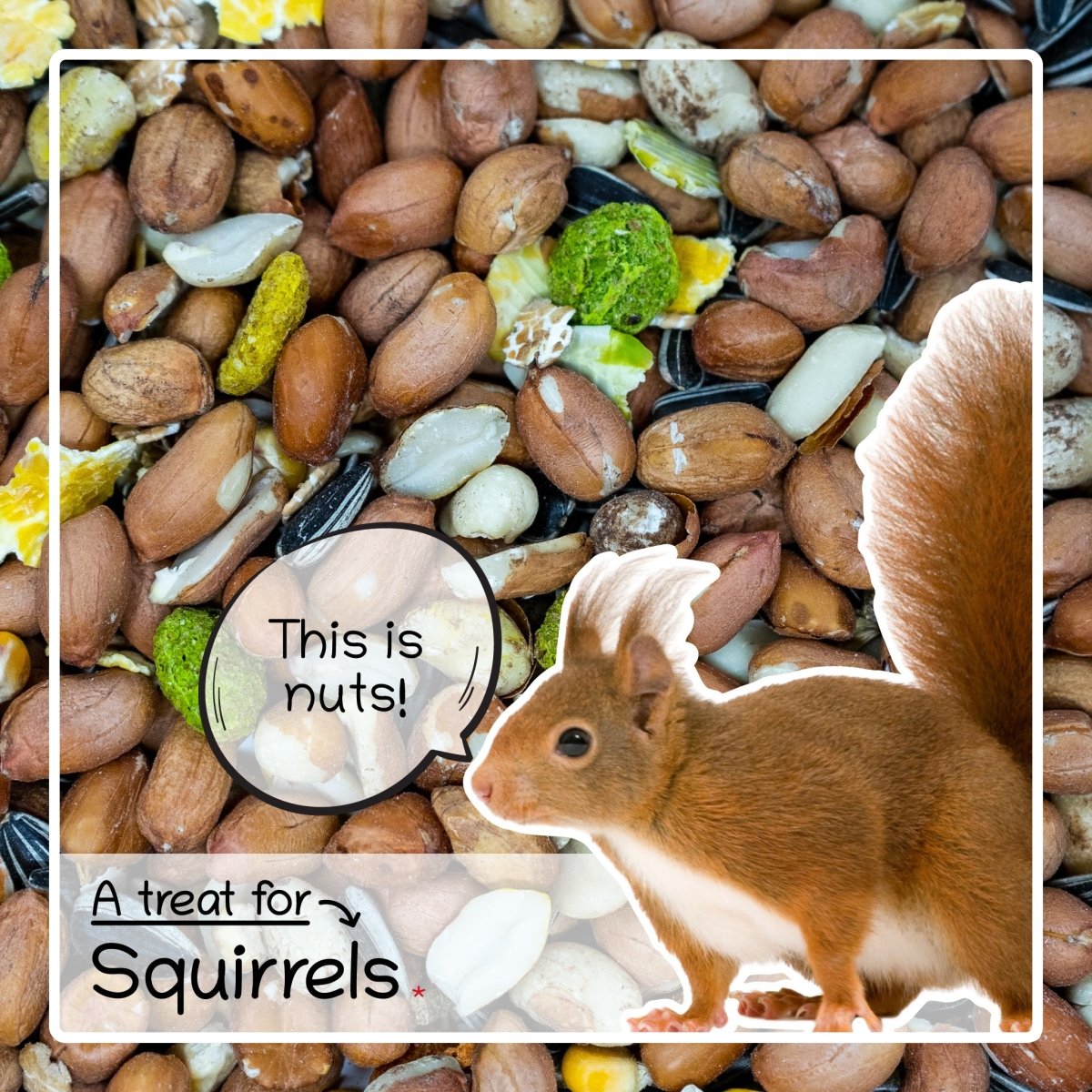
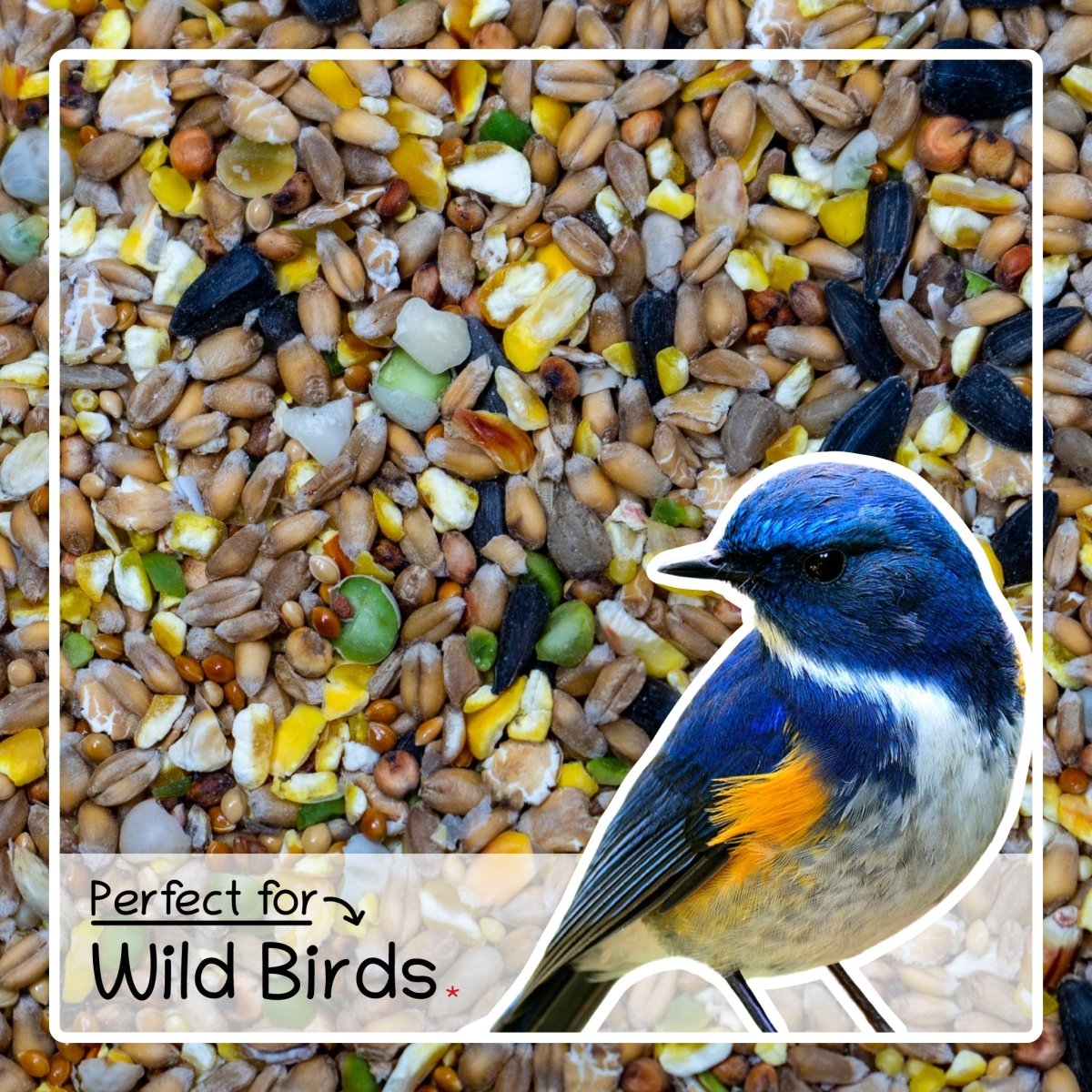
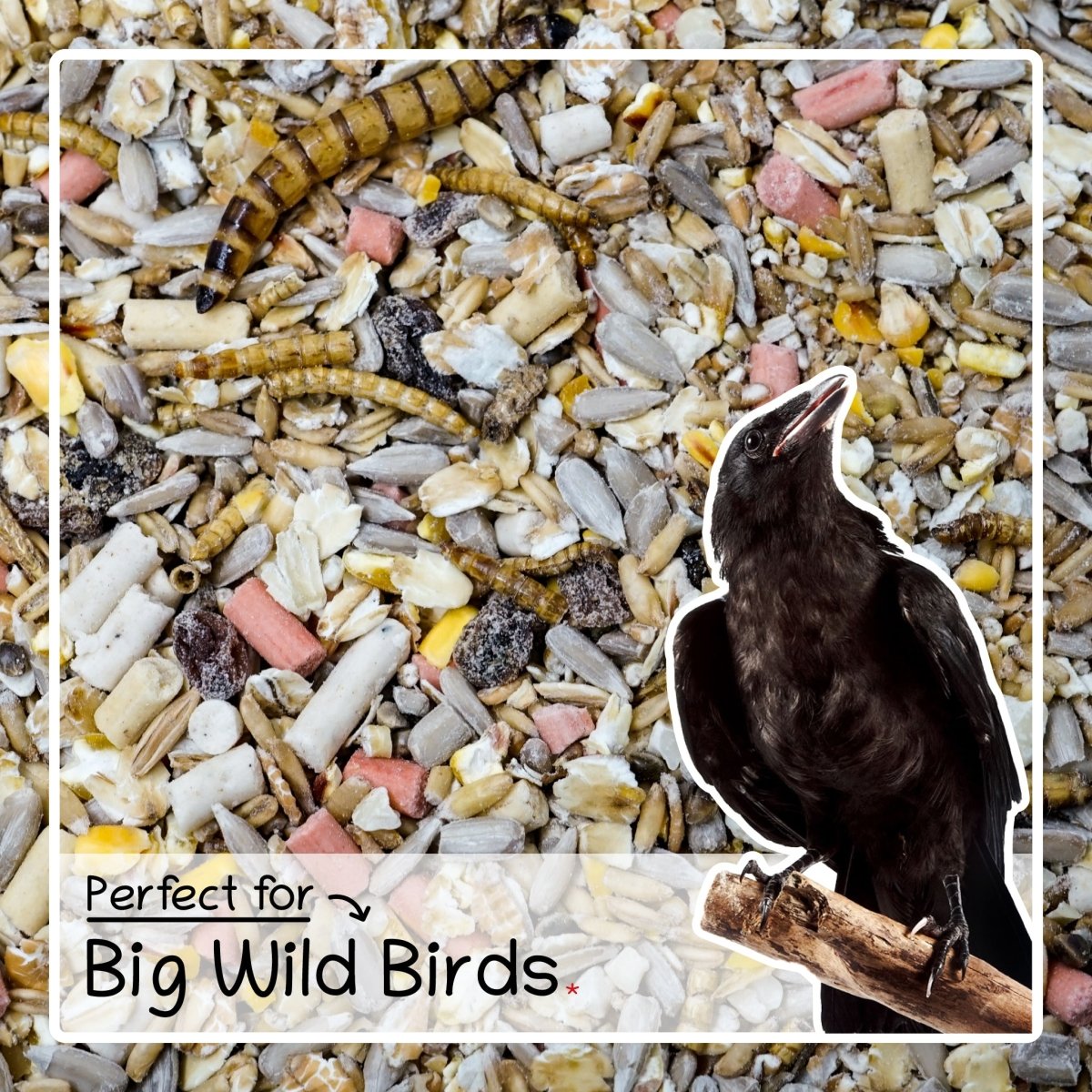
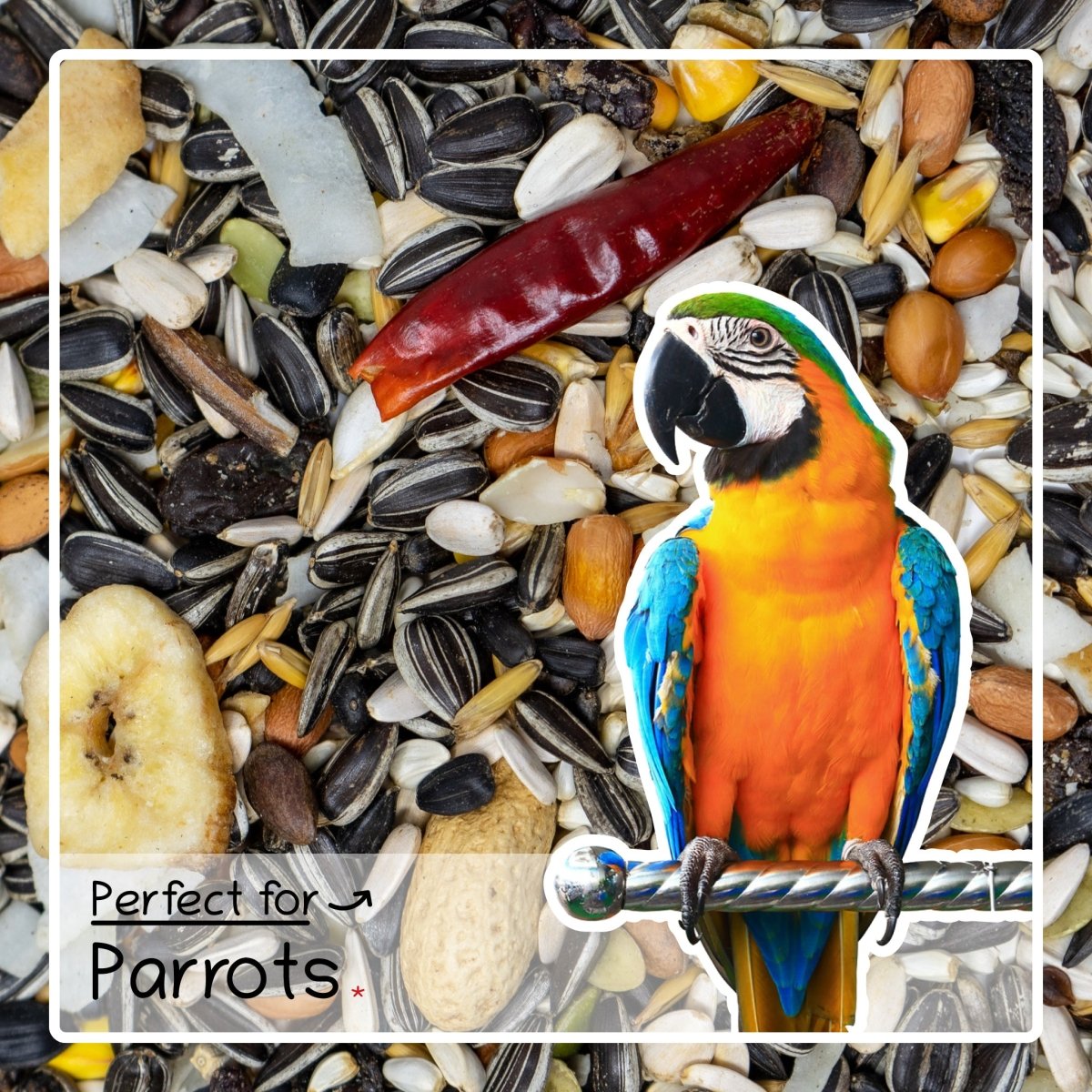
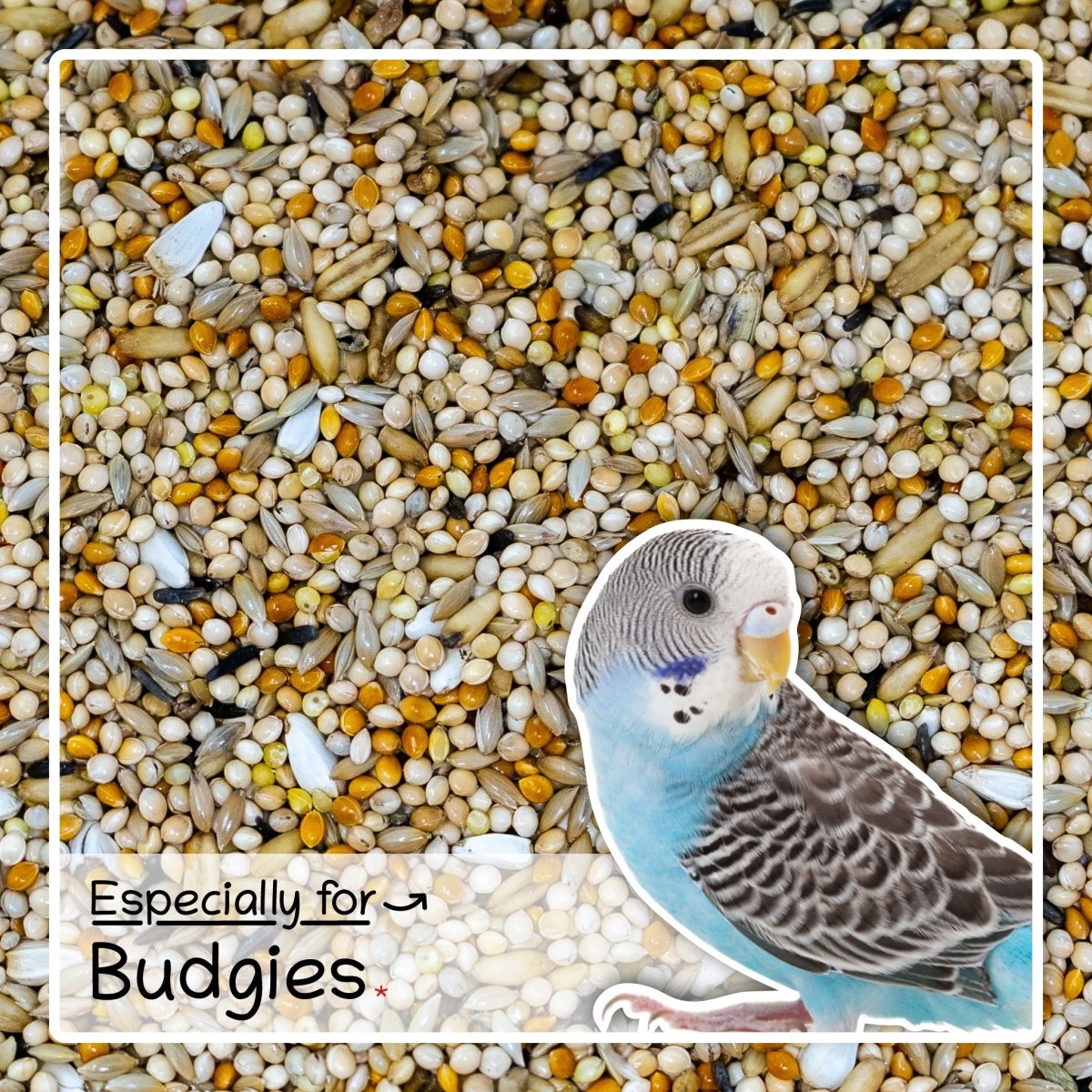
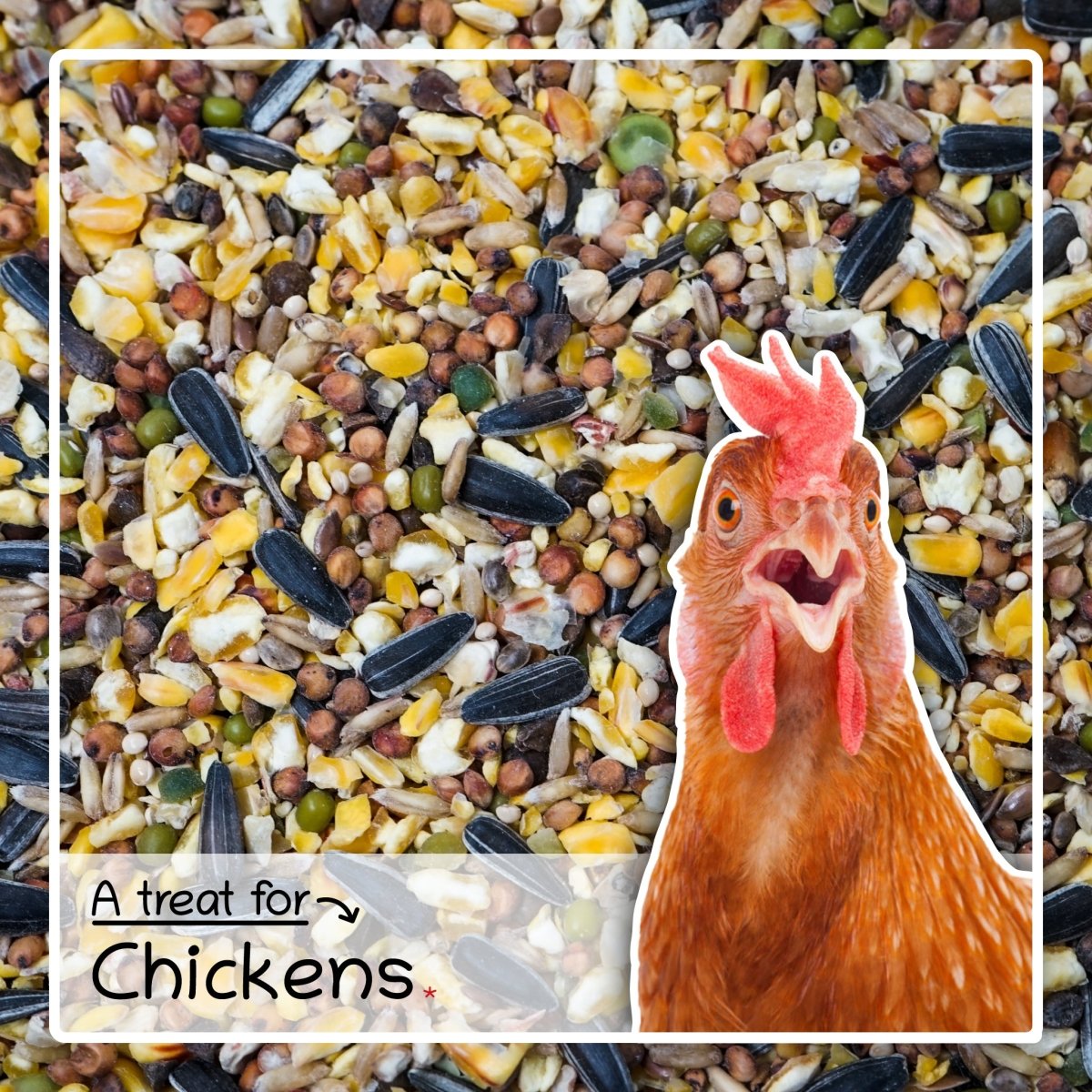
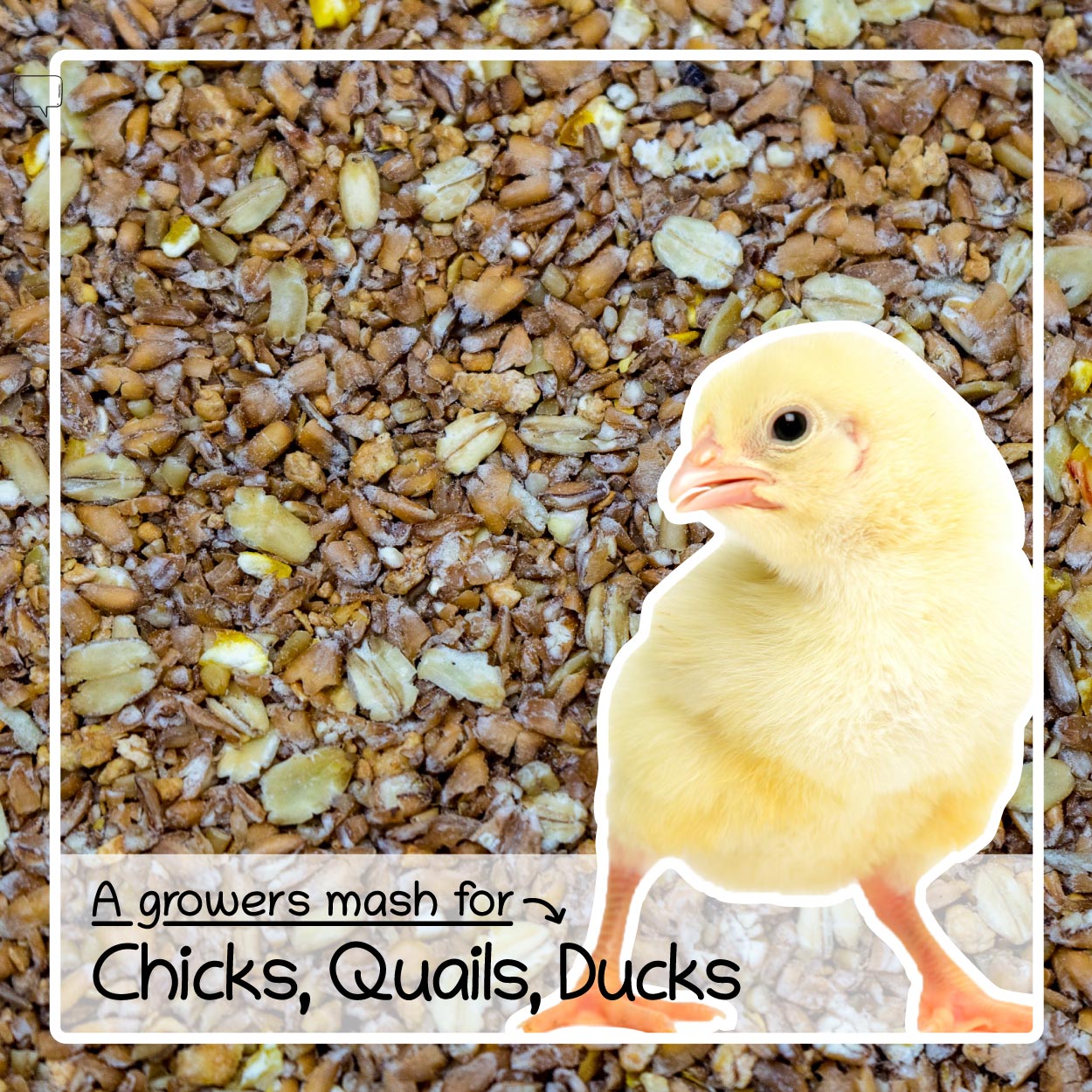
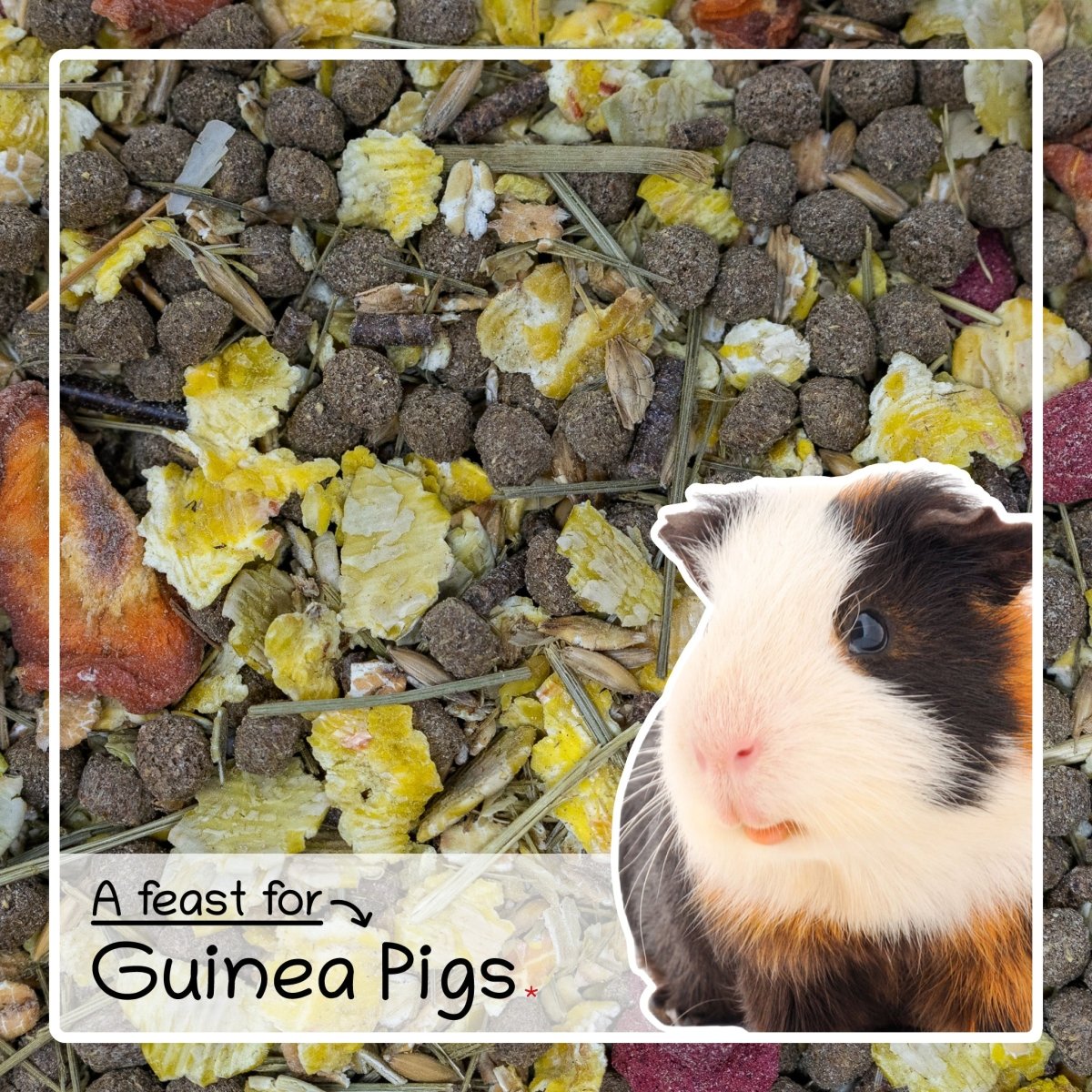
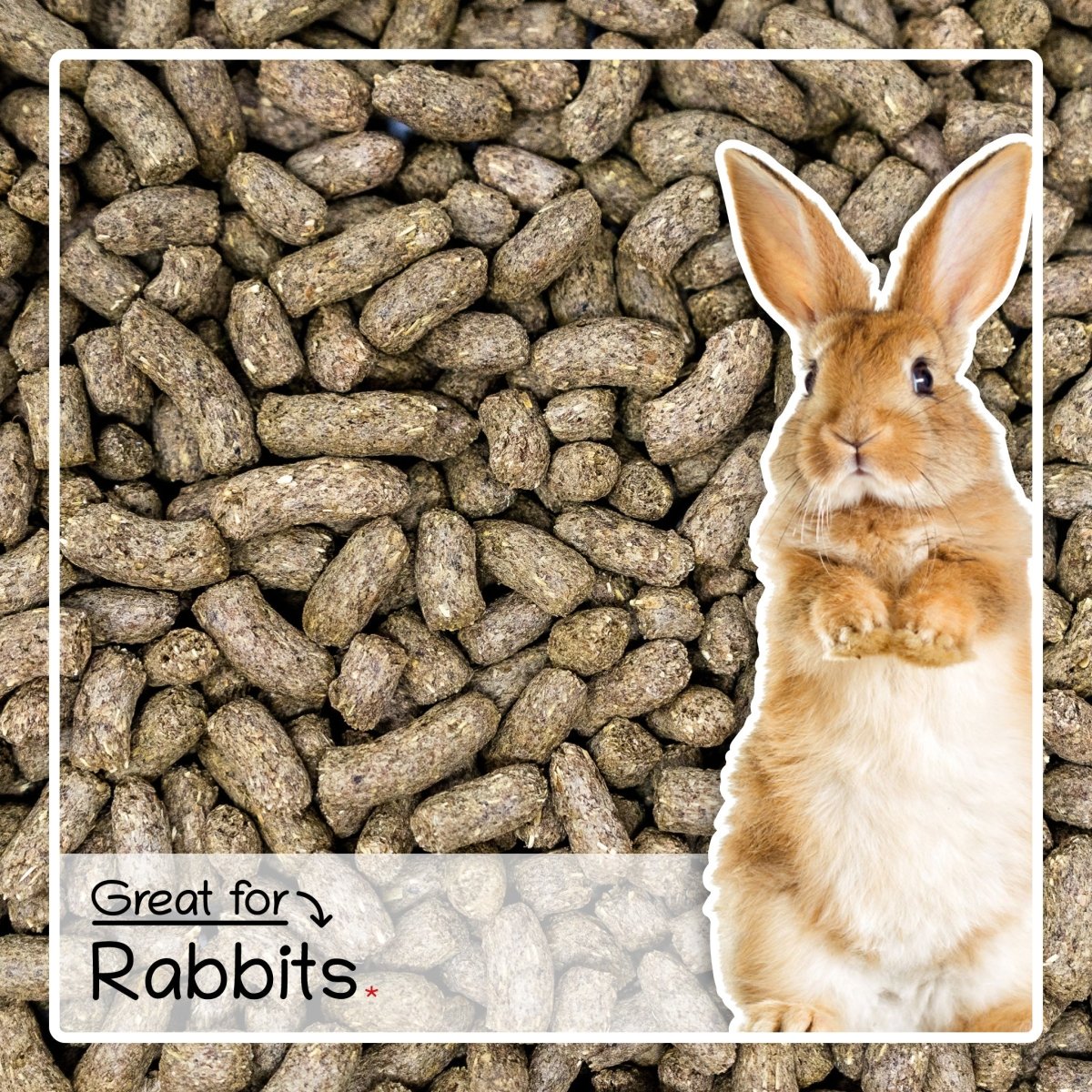
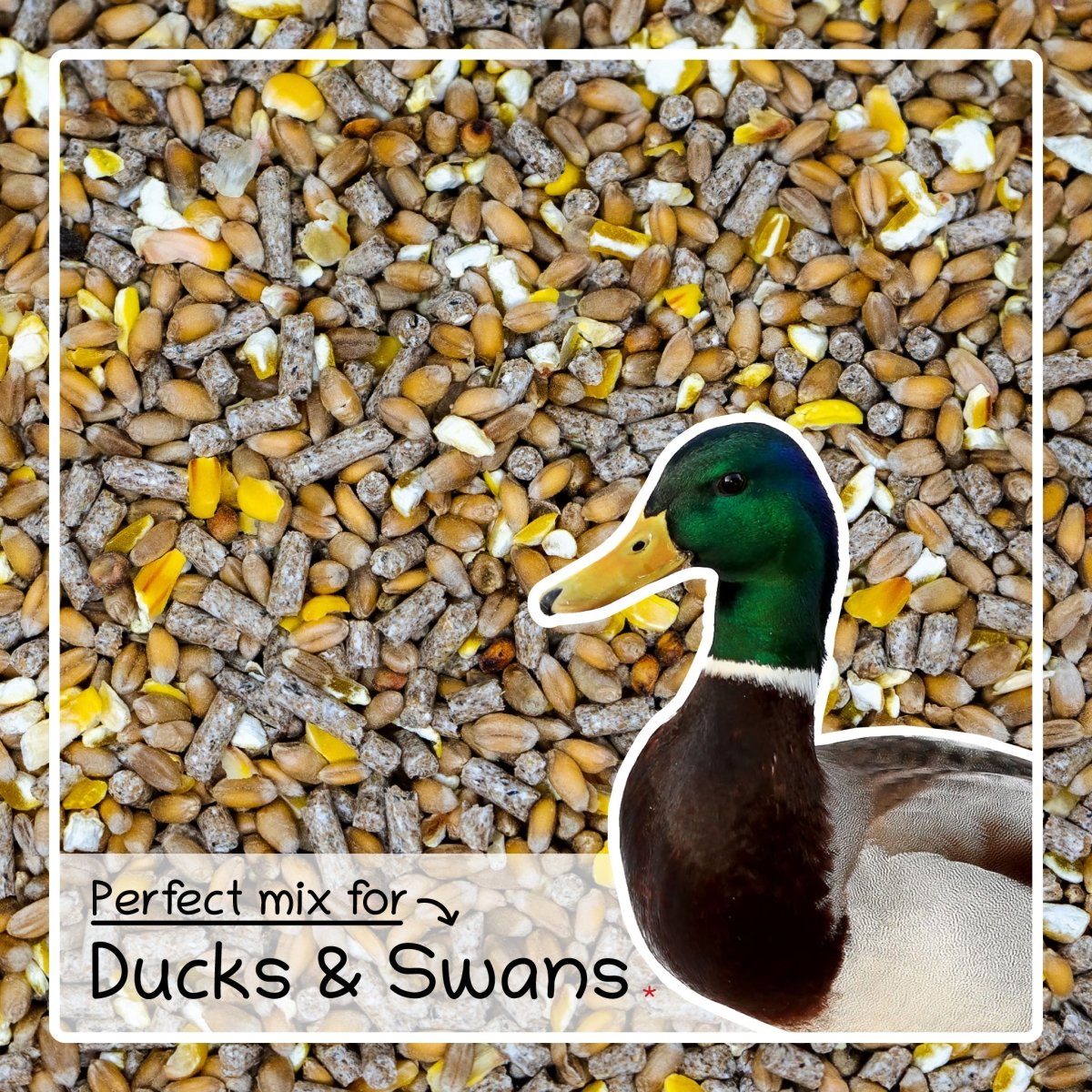
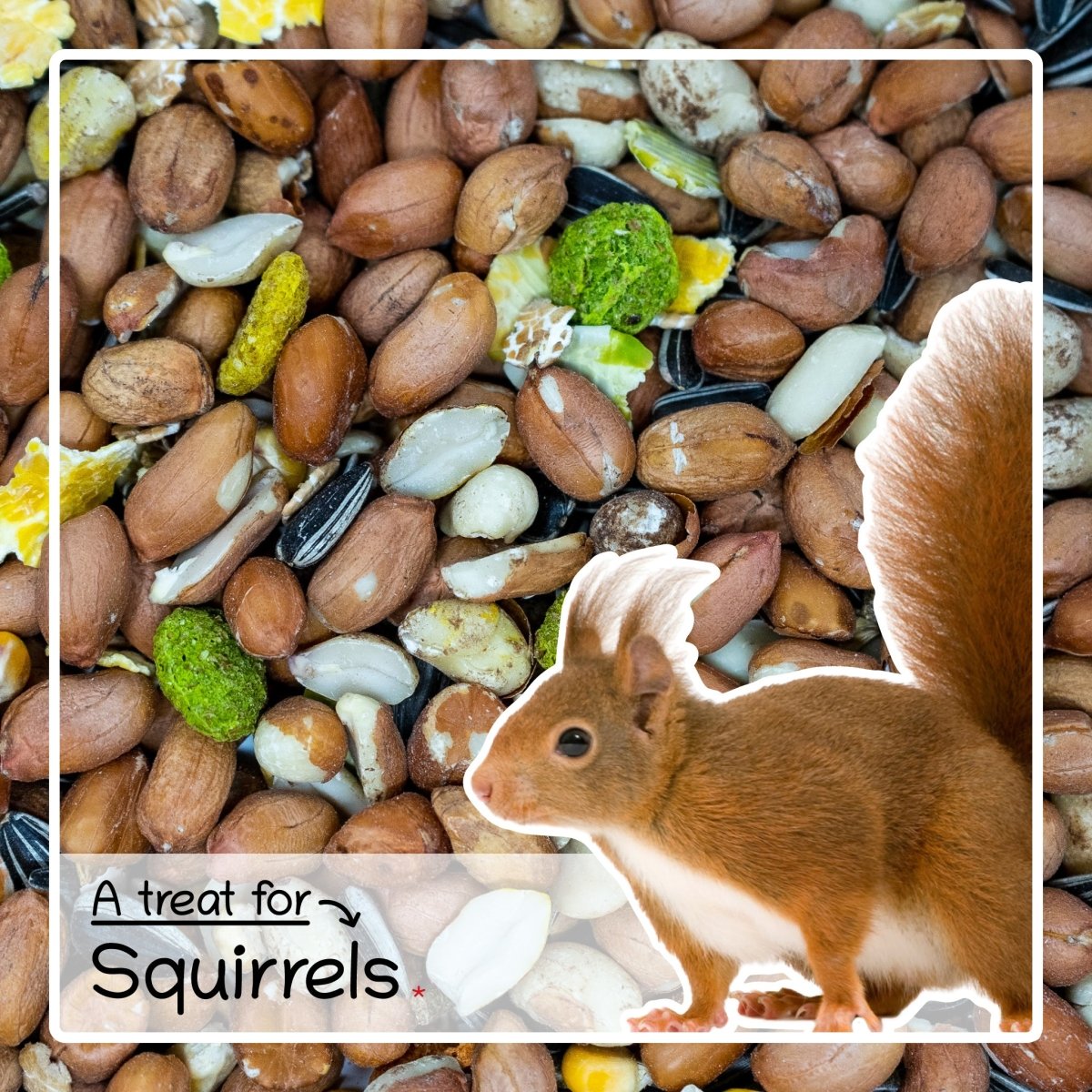


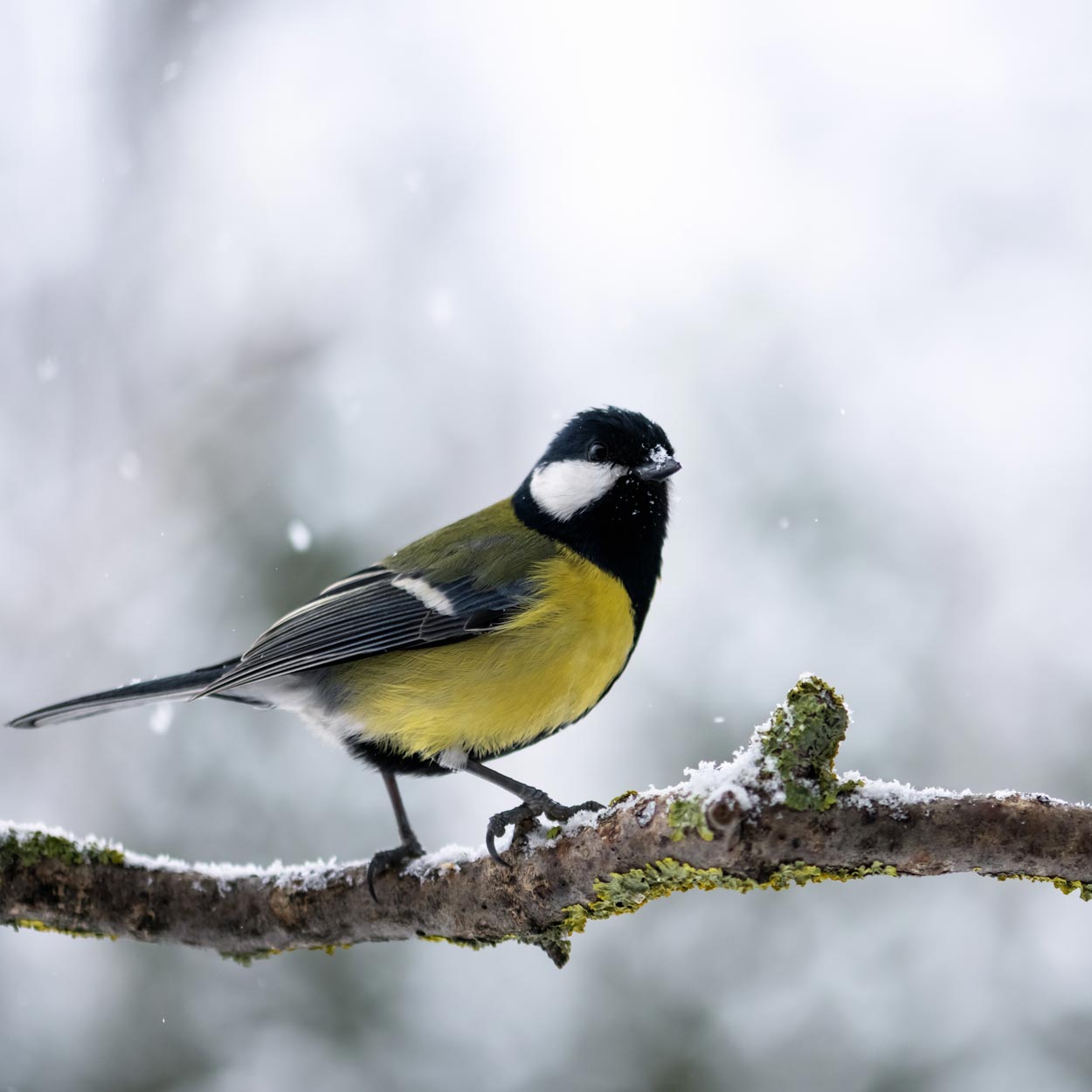
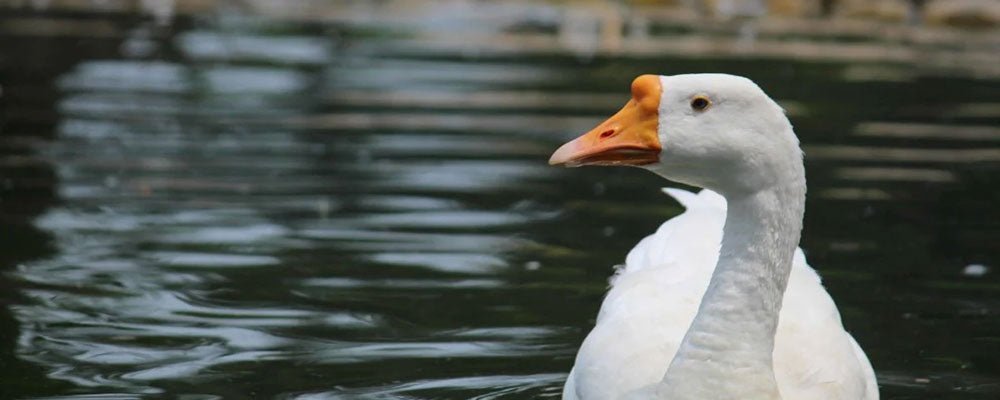
Leave a comment
This site is protected by hCaptcha and the hCaptcha Privacy Policy and Terms of Service apply.